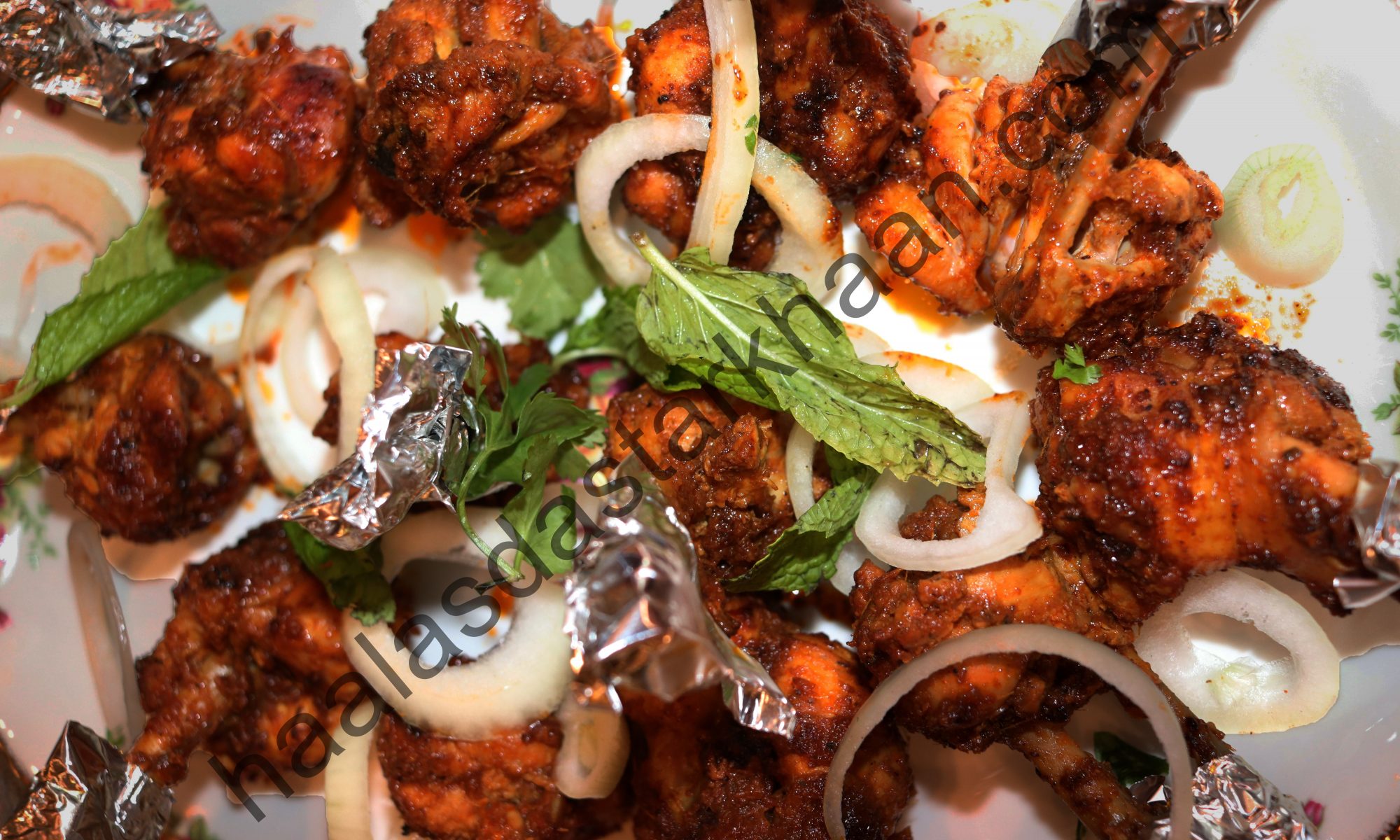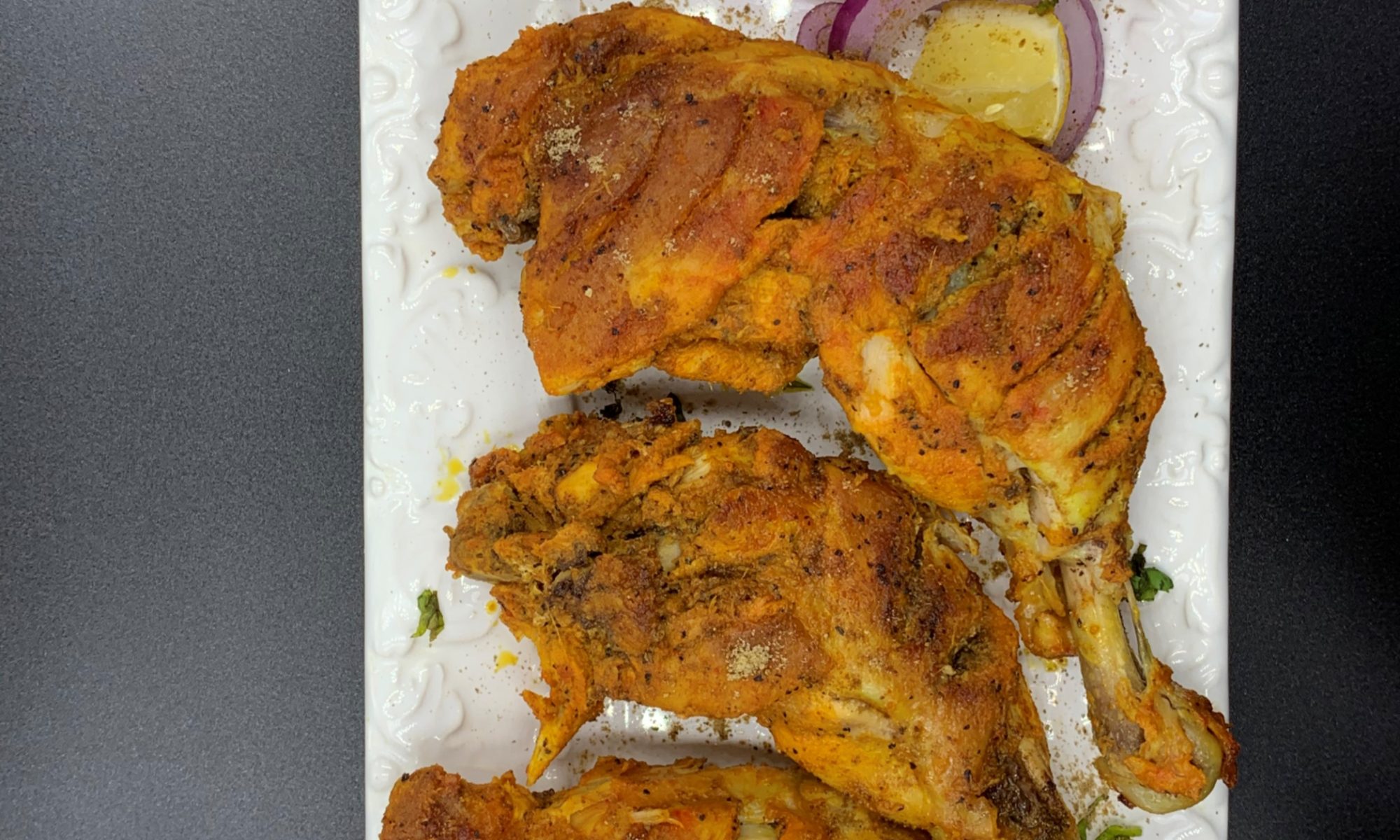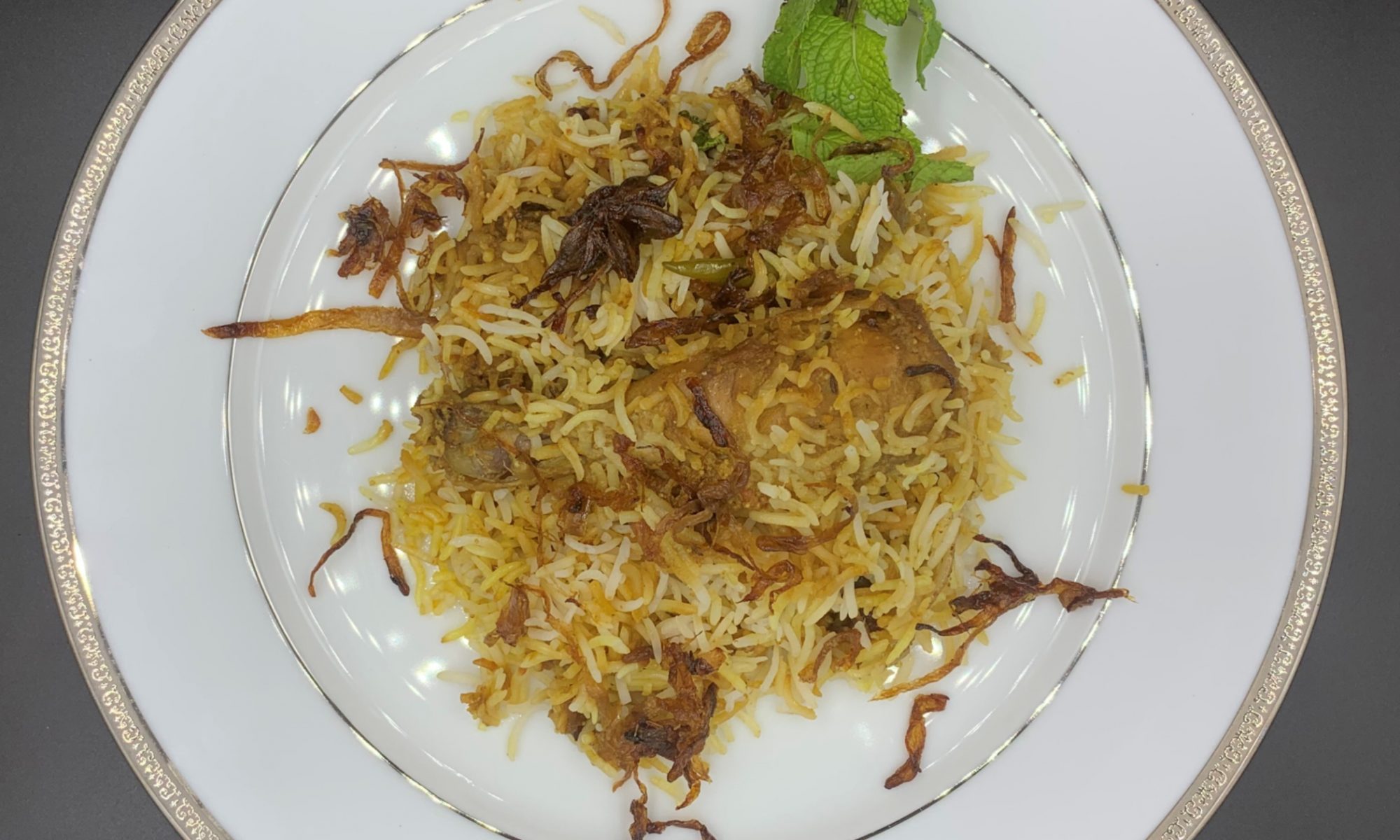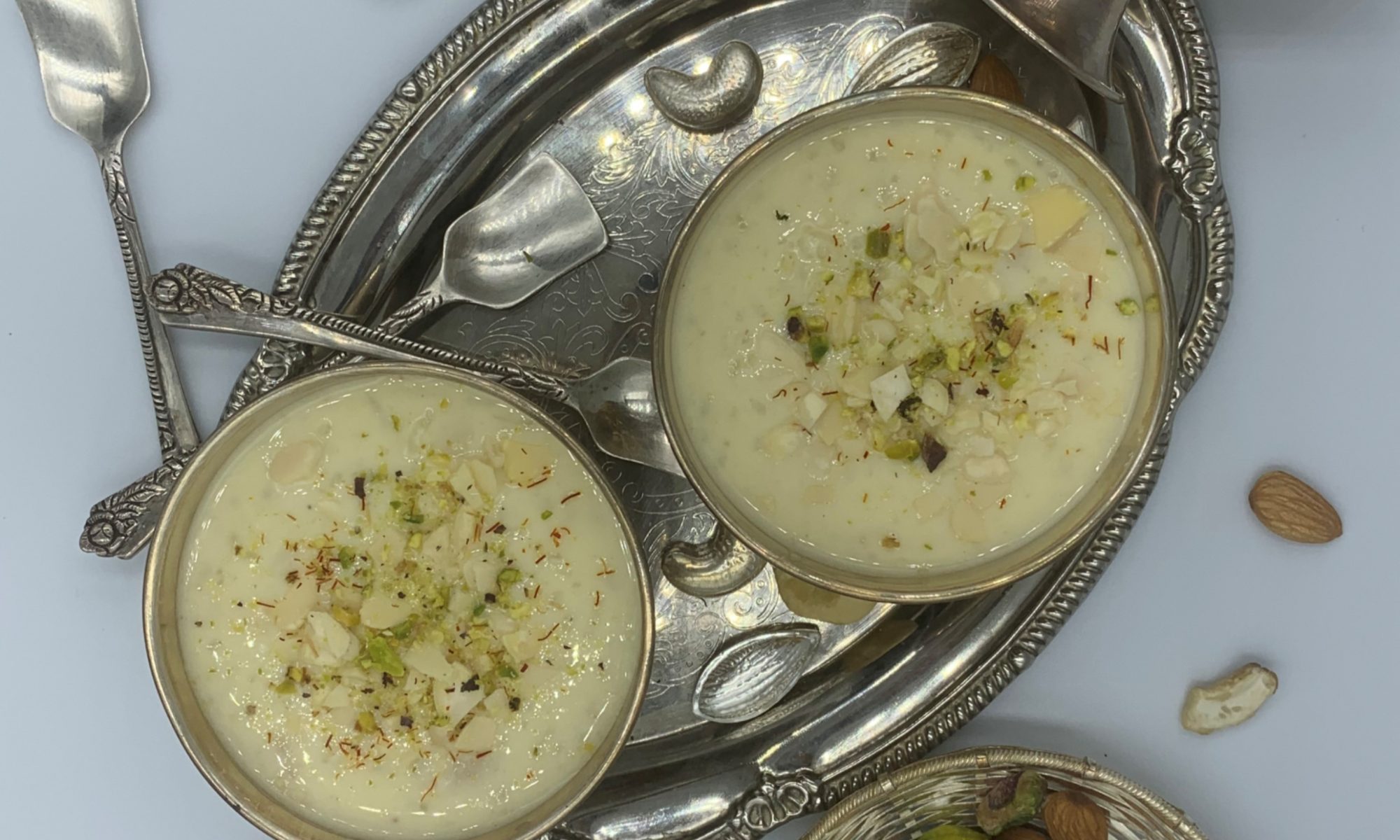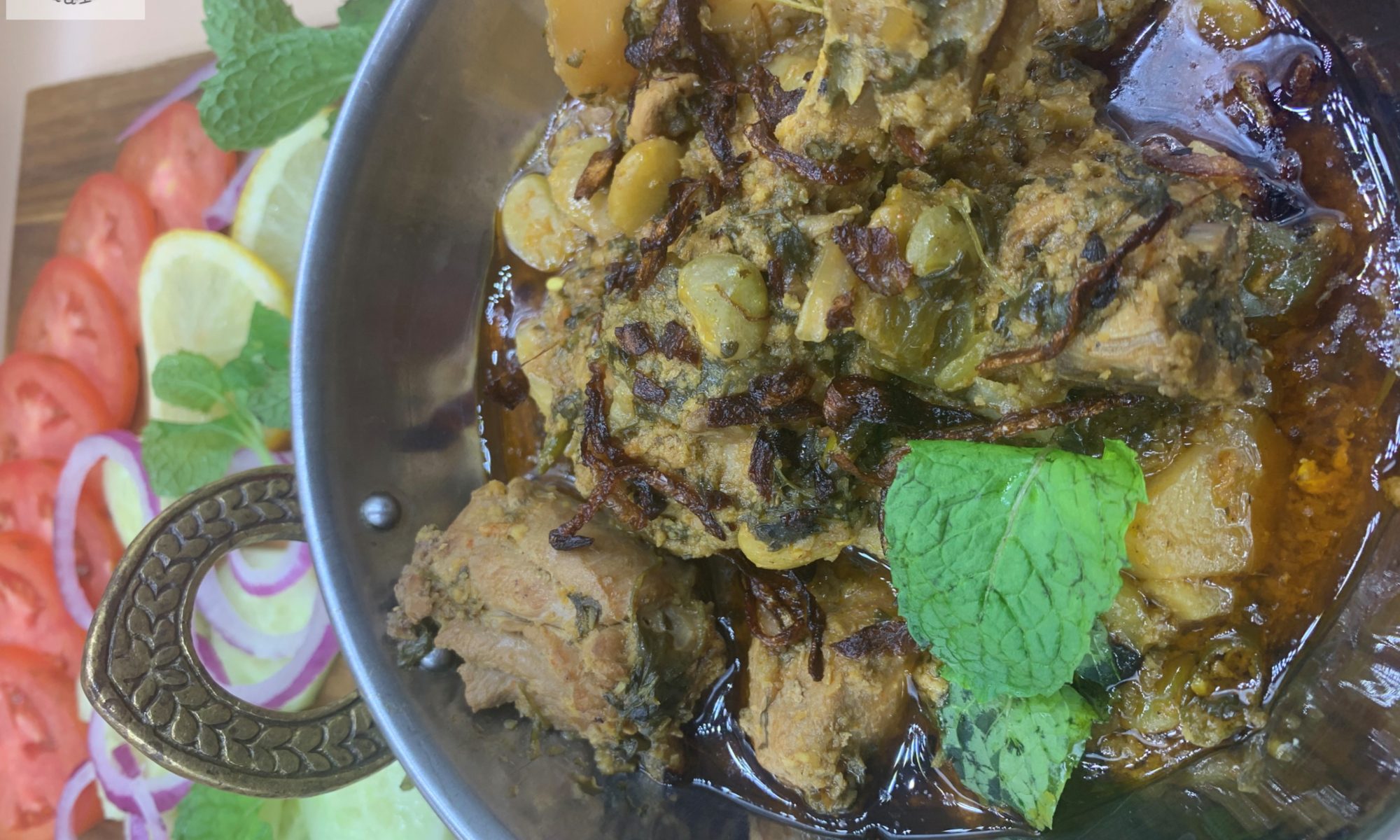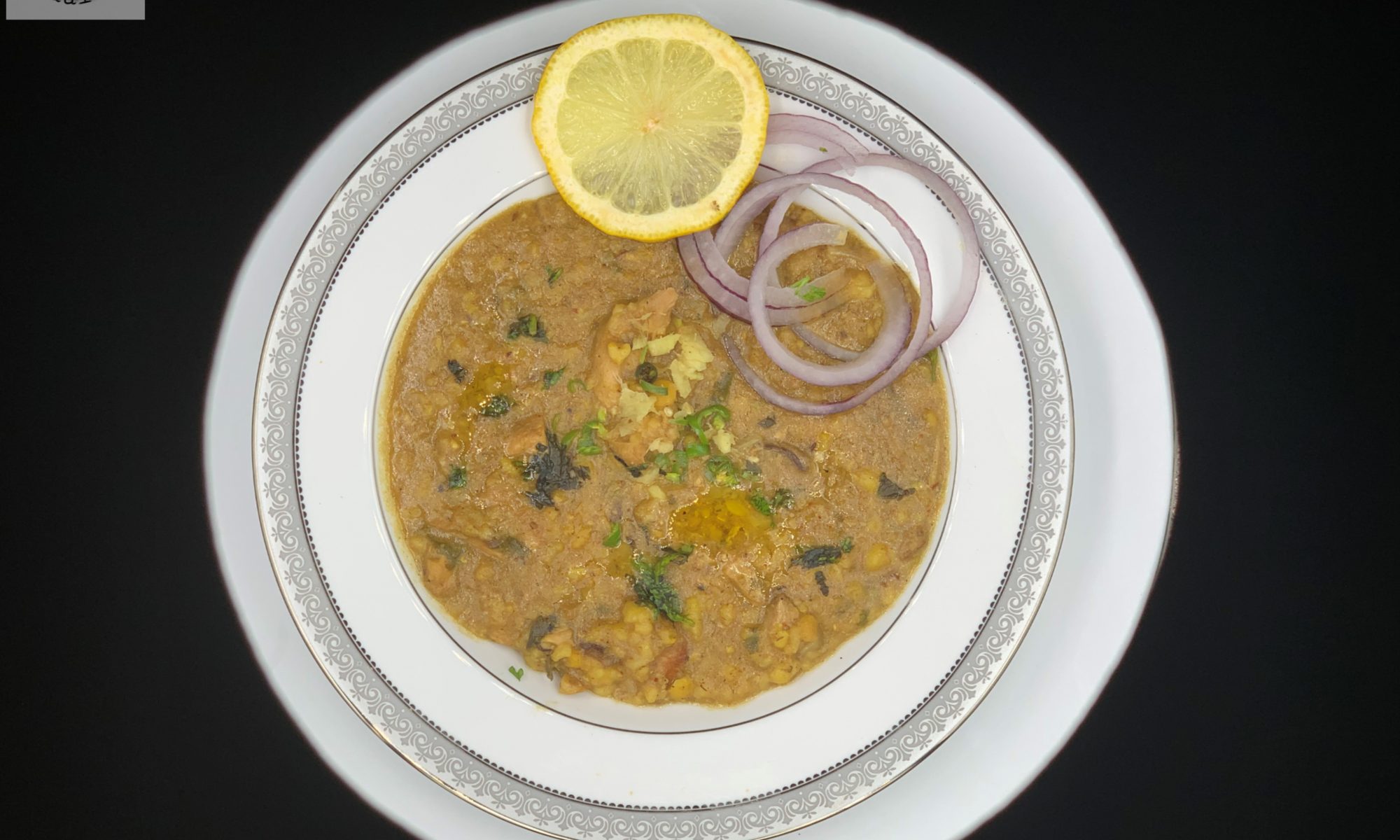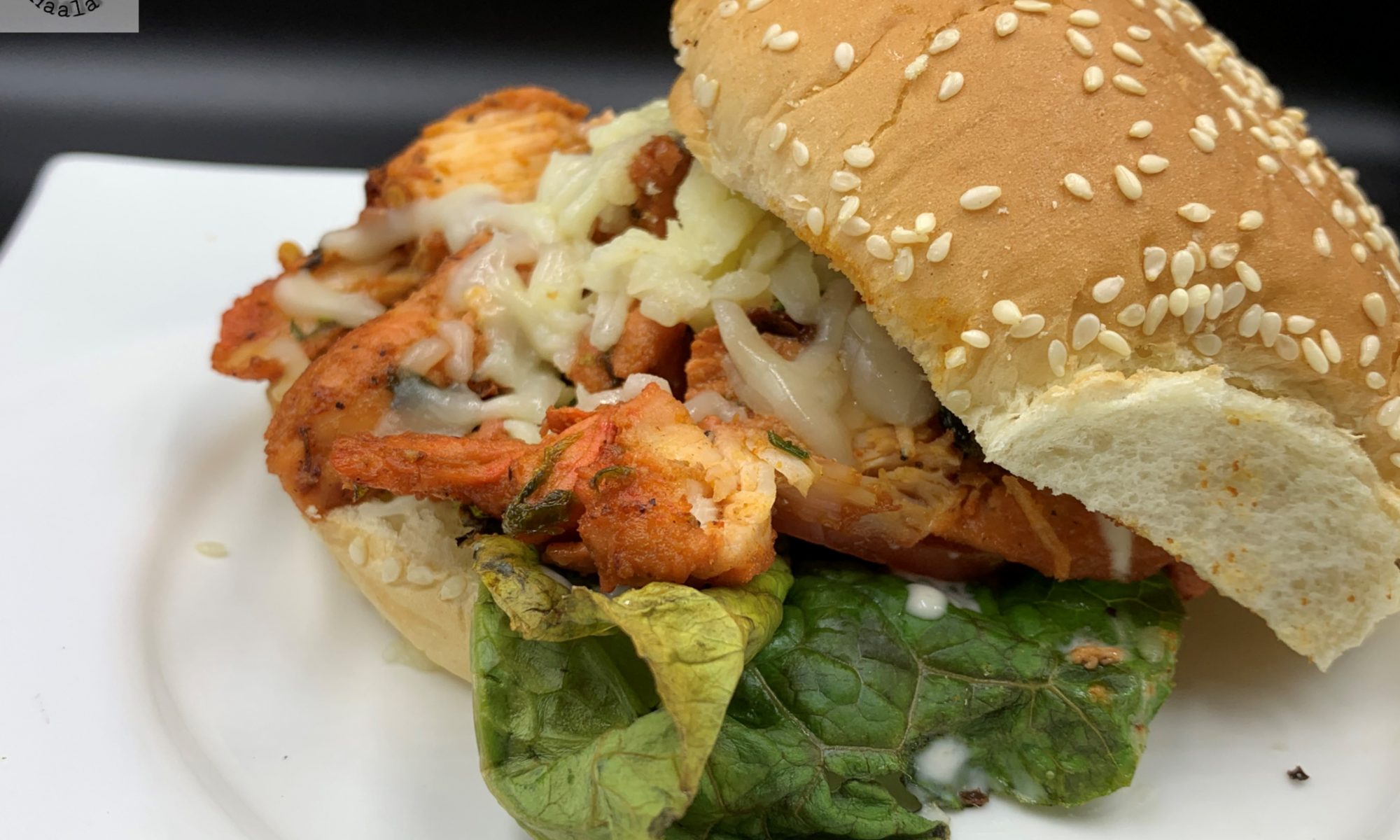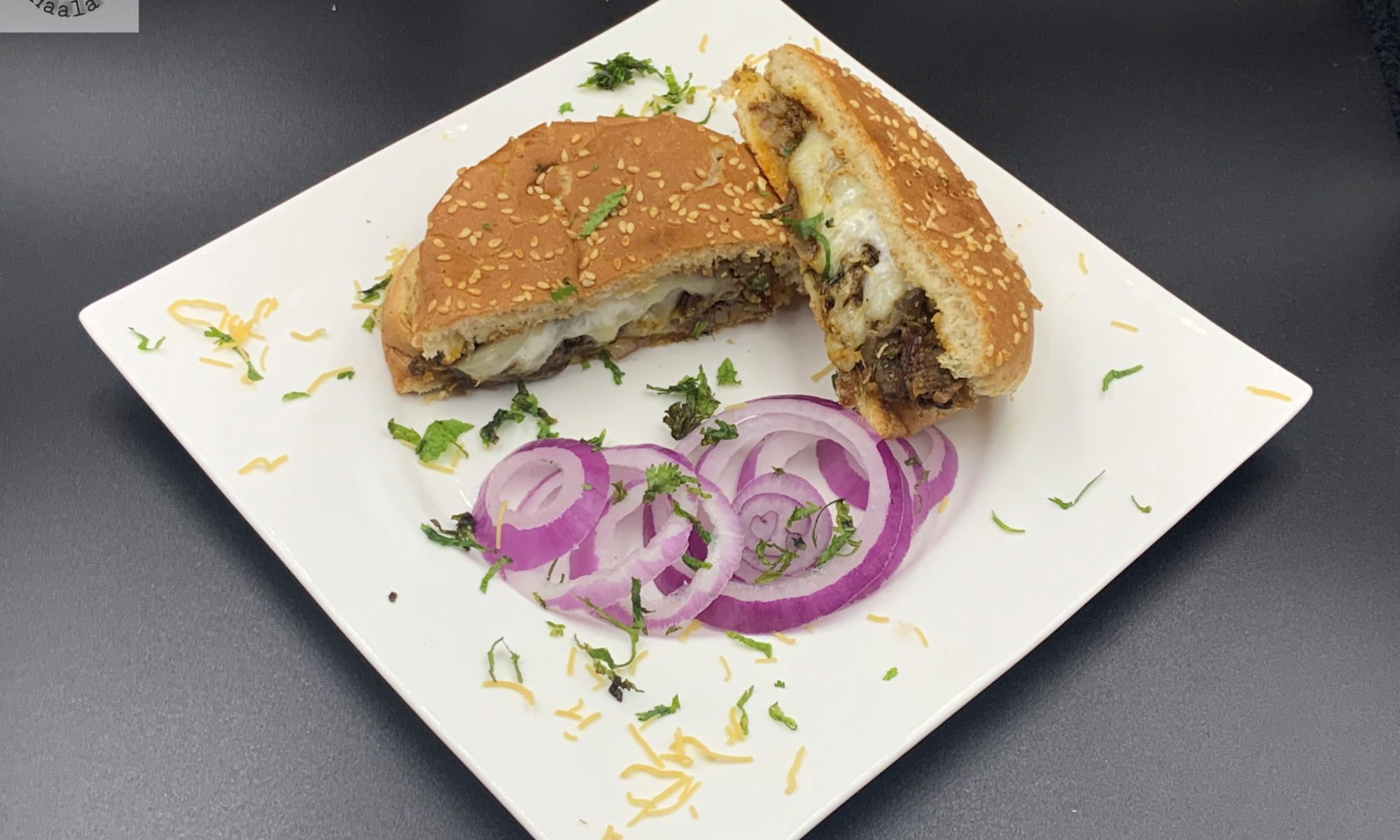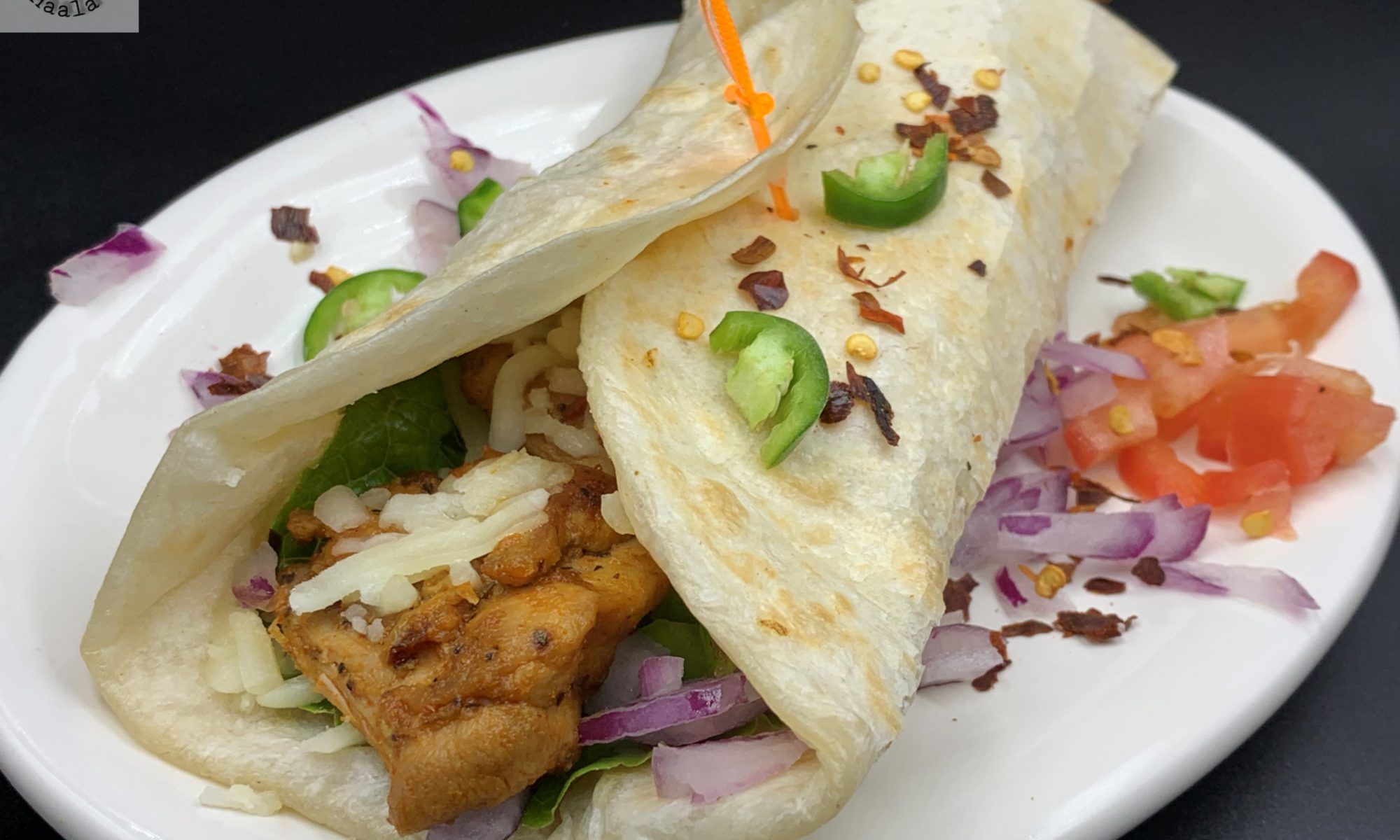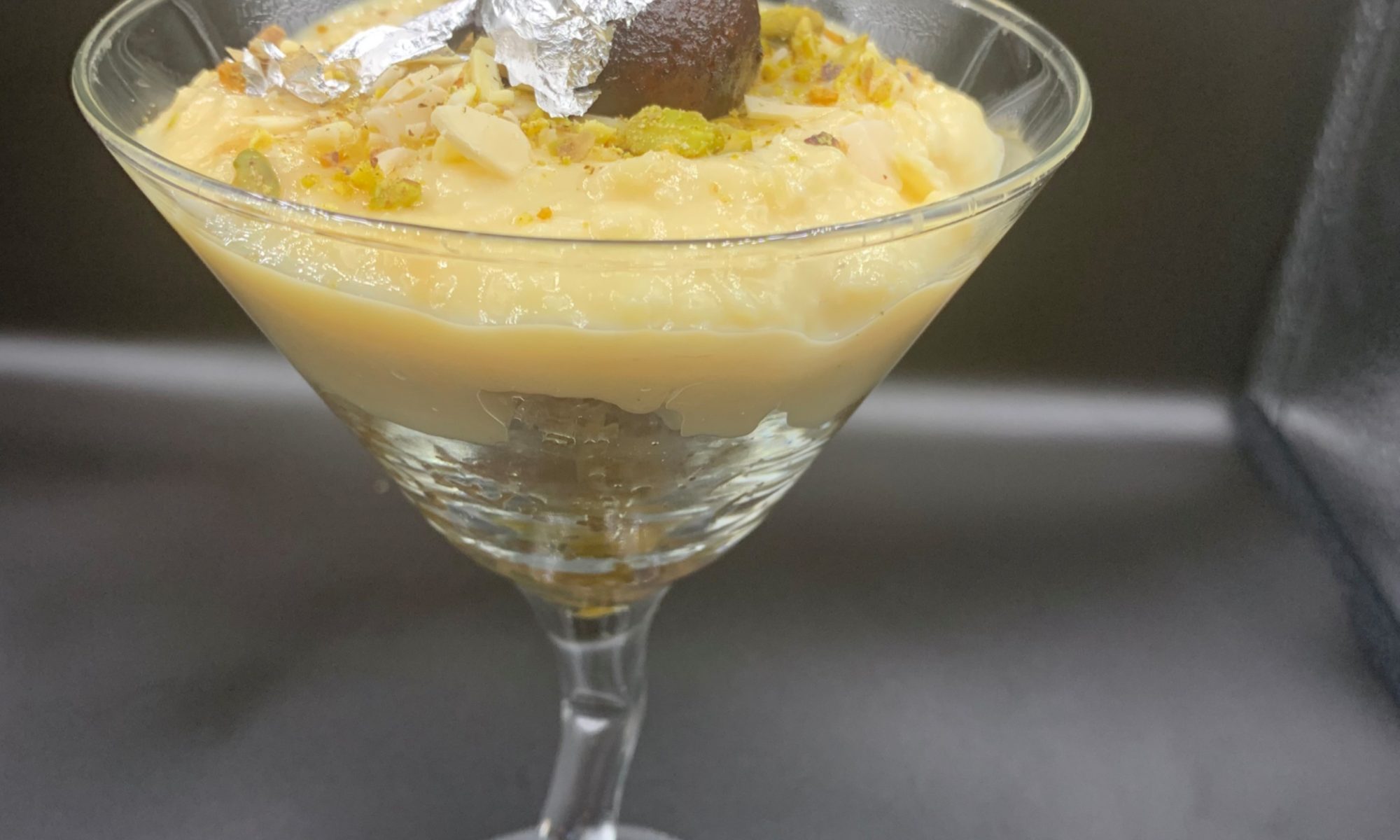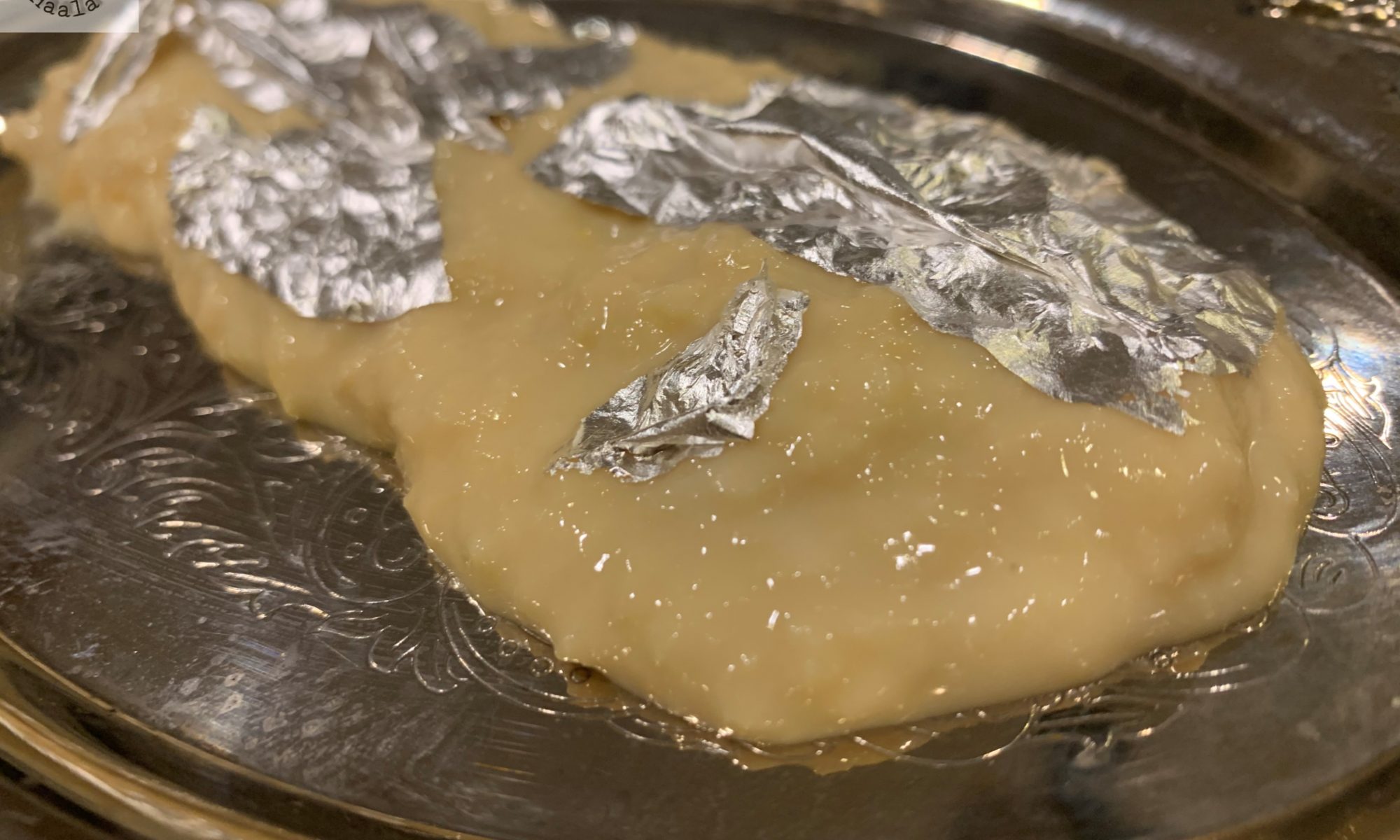Lahori Chargah Chicken is one of the easiest and yummiest kebabs that I make. I believe there are few different recipes for Lahori Chargah and you might find some recipes different from what I make. My recipe is based on the first and the only Lahori Chargah I have tried.
There was a small restaurant that we used to go to when my first born was a few months old. We had a pediatrician for him who had her office pretty far from our house. Now those days, I wasn’t driving hence we always had to get a weekend appointment since it would otherwise be hard for Mr. Parveez. For some reason we always got an afternoon appointment and despite the appointment and reaching there on time. The lady who ran it had a very limited menu, one kind of Biryani, 2-3 curries and 1-2 kinds of Kebabs. This happened to be one of them that we really loved and this was a part of our regular order. She also made a different kind of Biryani which we later on found out that she actually didn’t make it herself , but used to get from a near by restaurant. We still loved going to the little cozy restaurant as we were pretty satisfied with the little menu with simple dishes, until one day she decided to move and close the restaurant.
That’s when my search for making a perfect Chicken Chargah started. I saw a famous brand name that sold Chicken Chargah masala, so I bought it and followed the instructions. Now knowing how particular Mr. Parveez and I are about the store bought Masalas, we couldn’t really continue with the box Masalas and I had to get down to figuring out and making my own masalas at home and following the flavor, I actually did. Its amazing how flavors communicate with your taste buds and I believe communication is the key to every successful relationship, be it any.
So, there I was mixing in my Roasted cumin powder, Black Pepper, Red Chili Powder, White Pepper Powder and Tandoori Powder with Apple cider Vinegar and Ginger Garlic Paste. The reason for using both Black Pepper and White Pepper is that adding too much of Black pepper tends to make the food bitter, so adding a little gives you the kick and adding White Pepper along side gives you flavor similar to Black Pepper without adding the bitterness to the food. Chargah is usually made using whole chicken but I always use Chicken legs, as I find them better and easier to serve. So, make them anyway you like and enjoy.
